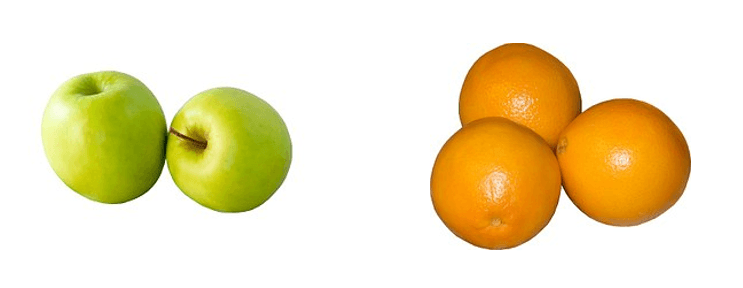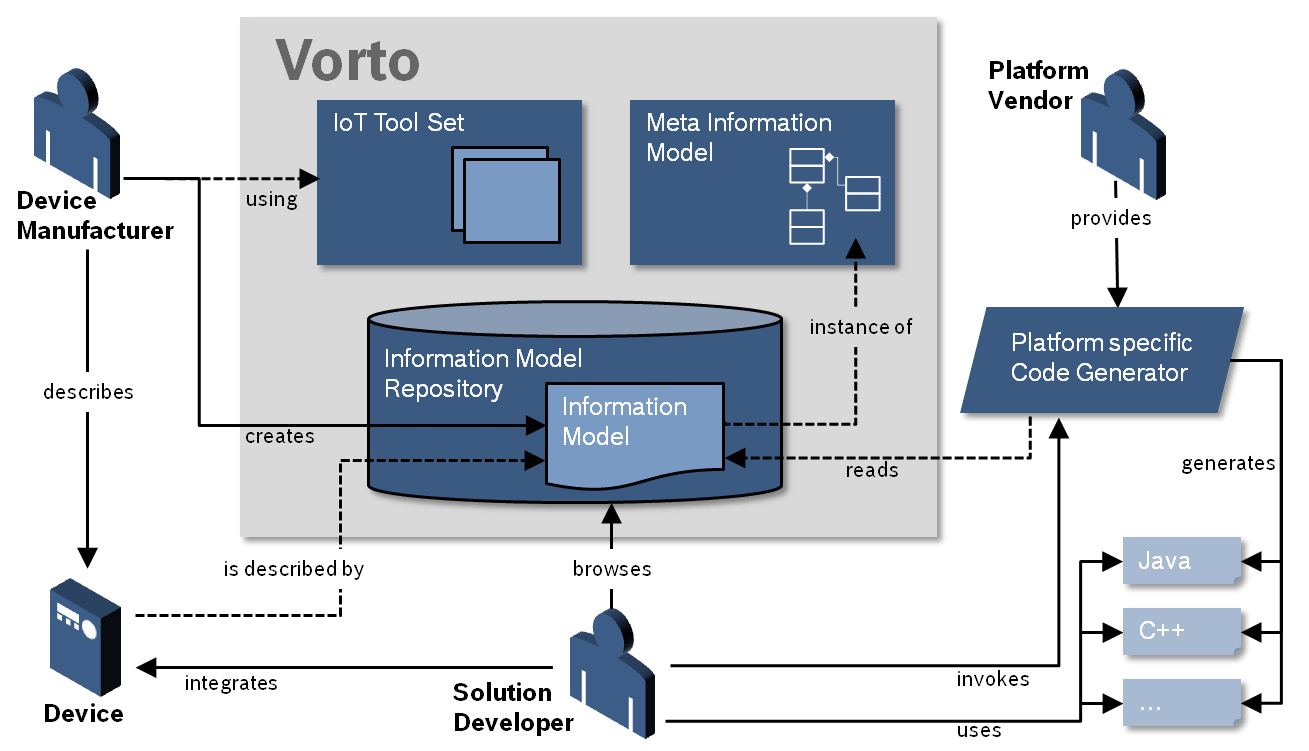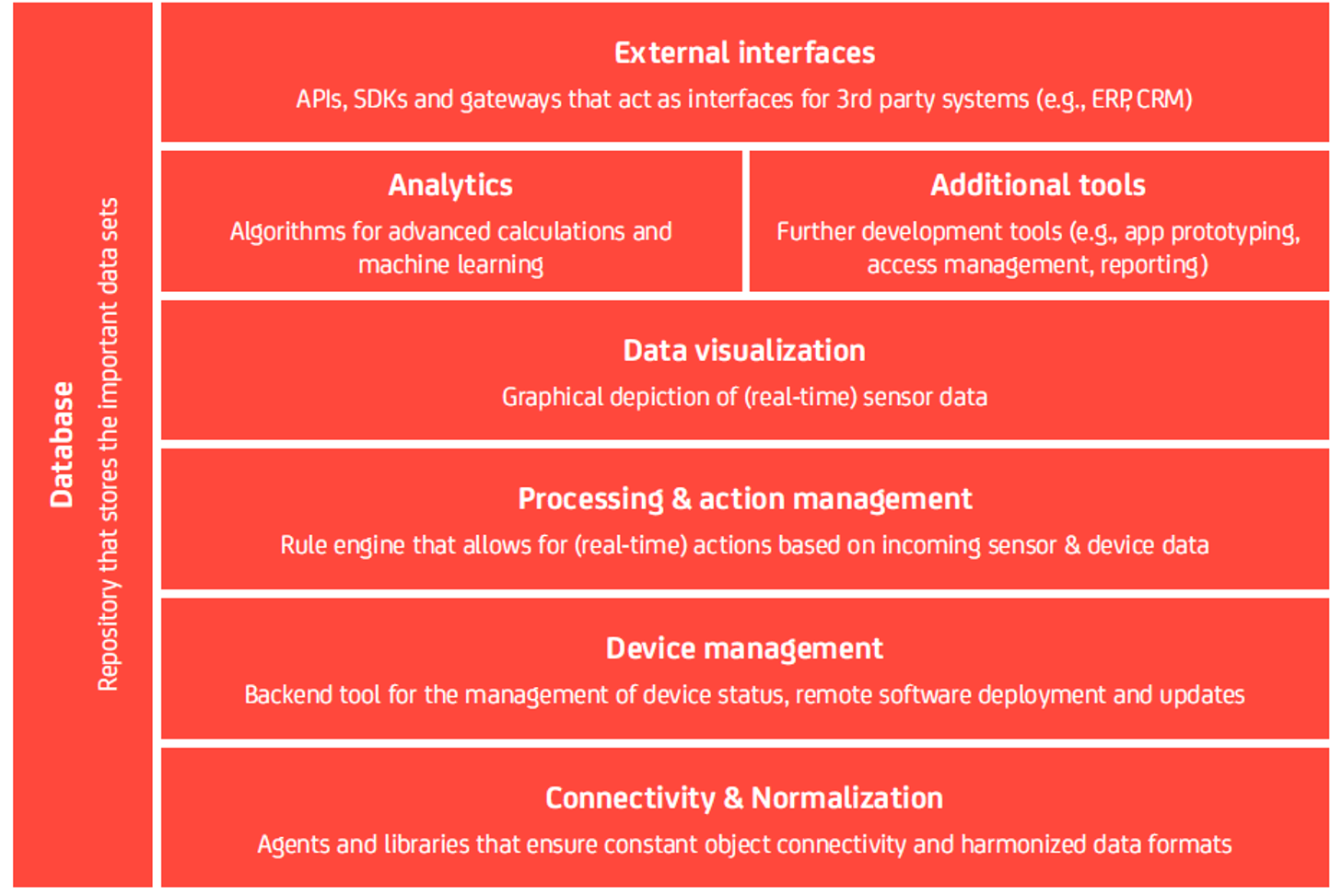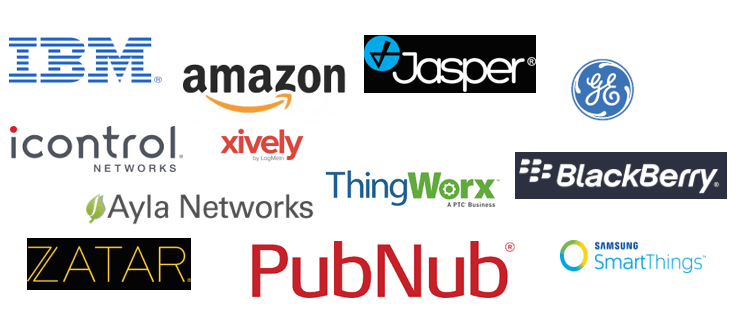This article is outdated. IoT Analytics published a new blog post titled “5 Things to Know About the IoT Platforms Market”
Insights from ongoing research on IoT Platforms.
We are currently witnessing an explosion in IoT deployments and solutions around the world. IoT platforms are emerging as the central backbone of these IoT deployments – By 2023, the IoT Platform market will reach $22.3 billion.
These IoT Platforms are the key for the development of scalable IoT applications and services that connect the real and virtual worlds between objects, systems and people. However, as the IoT Platform market represents a truly new segment that was almost non-existent a few years ago, the landscape is complex and changing very quickly.
In this article we highlight 5 IoT Platform insights:
1. Not every IoT Platform is an IoT Platform

These days many companies offer an “IoT Platform” but a closer comparison reveals vast differences. For a newcomer it can be difficult to understand whether this term refers to a complete and mature IoT cloud platform or whether the term has been stretched to describe just an element of a platform – or even something completely different.
When we talk about an IoT Platform we generally refer to an IoT Application Enablement Platform (see #2 below for the eight technological elements of these platforms).
There are 4 other types of platforms that are often referred to as “IoT Platform”:
- Connectivity / M2M platforms. These platforms focus mainly on the connectivity of connected IoT devices via telecommunication networks (e.g., SIM-cards) but rarely on the processing and enrichment of different sets of sensor data. (An example of a connectivity platform is Sierra Wireless’ AirVantage)
- IaaS backends. Infrastructure-as-a-service backends provide hosting space and processing power for applications and services. These backends used to be optimized for desktop and mobile applications but IoT is now also in focus. (An example is IBM Bluemix – not to be confused with IBM IoT Foundation)
- Hardware-specific software platforms. Some companies that sell connected devices have built their own proprietary software backend. They like to refer to the backend as an IoT Platform. Since the platform is not open to anyone else on the market it is debatable whether one should call it an IoT Platform. (An example is Google Nest)
- Consumer/Enterprise software extensions. Existing enterprise software packages and operating systems such as Microsoft Windows 10 are increasingly allowing the integration of IoT devices. Currently these extensions are often not advanced enough to classify as a full IoT Platform – but they may get there soon.
“The different types of IoT Platforms and the complex IoT Platform offerings create confusion.”
A confusing aspect of IoT Platforms is that companies are starting to combine different services. IBM for example is combining its IoT Foundation application enablement platform with its Bluemix IaaS backend. Jasper and Telit, two companies that have traditionally focused in the Connectivity / M2M space have now added IoT application enablement capabilities to their offering.
2. A modern IoT Platform architecture comprises of 8 components
In its simplest form, an IoT platform is just about enabling connectivity between “things” or devices. The architecture may also consist of a software platform, an application development platform or an analytics platform. In a more sophisticated form, a true end-to-end IoT platform consists of eight important architectural building blocks:
- Connectivity & normalization: brings different protocols and different data formats into one “software” interface ensuring accurate data streaming and interaction with all devices.
- Device management: ensures the connected “things” are working properly, seamlessly running patches and updates for software and applications running on the device or edge gateways.
- Database: scalable storage of device data brings the requirements for hybrid cloud-based databases to a new level in terms of data volume, variety, velocity and veracity.
- Processing & action management: brings data to life with rule-based event-action-triggers enabling execution of “smart” actions based on specific sensor data.
- Analytics: performs a range of complex analysis from basic data clustering and deep machine learning to predictive analytics extracting the most value out of the IoT data-stream.
- Visualization: enables humans to see patterns and observe trends from visualization dashboards where data is vividly portrayed through line-, stacked-, or pie charts, 2D- or even 3D-models.
- Additional tools: allow IoT developers prototype, test and market the IoT use case creating platform ecosystem apps for visualizing, managing and controlling connected devices.
- External interfaces: integrate with 3rd-party systems and the rest of the wider IT-ecosystem via built-in application programming interfaces (API), software development kits (SDK), and gateways.
Note: Built-in security by design is a must-have element for all of these building blocks; the platform architecture has to be holistically designed so the threat of cyber attacks is minimised at every level.
3. Different entry strategies into the IoT Platform market
There are more than 300 IoT platforms in the market today and the number is continuing to grow. However, as discussed not every platform is the same – IoT platforms are being shaped by varying entry strategies of different companies trying to capitalise on the IoT potential. Innovative Startups, hardware and networking equipment manufacturers, enterprise software and mobility management companies are all competing to become the best IoT platform on the market. Various strategies are visible with companies:
- Organic bottom-up approach: Starting with the connectivity part and building out platform features from the bottom-up (e.g., Ayla Networks)
- Organic top-down approach: Starting with the analytics part and building out platform features from the top-down (e.g., IBM IoT Foundation)
- Partnership approach: Striking alliances to offer the full package (e.g., GE Predix & PTC Thingworx)
- M&A approach: Targeted acquisitions (e.g., Amazon – 2lemetry) or contenders performing strategic mergers (e.g., Nokia & Alcatel-Lucent)
- Investment approach: Tactical investments throughout the IoT ecosystem (e.g., Cisco).
4. Open source is driving IoT Platform interoperability

To create a true IoT ecosystem, where systems of systems interact and generate value from diverse streams of data, interoperability is essential. No one IoT platform will be able to cover the wide spectrum of existing and potential use cases yet to be envisaged.
New open source approaches where IoT platforms work together for the “greater good” are enjoying increasing success. Open source tools such as Vorto – backed by the open Eclipse community – are providing the missing link, implementing a common framework for information modelling that eases integration and promotes interoperability between platforms and the entire IoT ecosystem.
For example, PTC and Bosch Software Innovations collaboration is a prime example of a major technology alliance using Vorto to facilitate the integration and technical interplay between their two platforms.
5. Data and connected services are the real value of IoT Platforms
Gathering and connecting data points from billions of physical objects is fundamental to letting new IoT business cases come to life. As Robert Metcalfe postulated in the 1980s: “The value of a telecommunications network is proportional to the square of the number of connected users of the system”. Generating insightful data is the key to unlocking this value.
This trend will be seen in many industries: selling the main product becomes a by-product, while the business model around the data becomes the main product.
“Companies are shifting their business models from selling products to handling data.”
On top of that, we will see the creation of entirely new industries that build business models solely on IoT data and use hardware partners to get access to the necessary data sources (e.g., the insurance industry of the future). The IoT Platform itself becomes an essential enabler, a means of gathering and making sense of the data, while the real value will come applying the resulting insights to create great IoT services (e.g., predictive maintenance) for connected businesses.
Further Information
For more in-depth information on IoT Platforms, check out:
- IoT Platform White Paper: Central backbone for all IoT solutions (FREE)
- IoT Platform Market Report 2018-2023: 193-page industry report detailing the $22B IoT Platforms market
- List of 450 IoT Platform Companies: Understand the offering of IoT platform vendors – compare 450 IoT platforms and find your right one
- IoT Platforms Vendor Comparison 2018: 450-page industry report detailing the comparative analysis of leading IoT Platforms vendors




